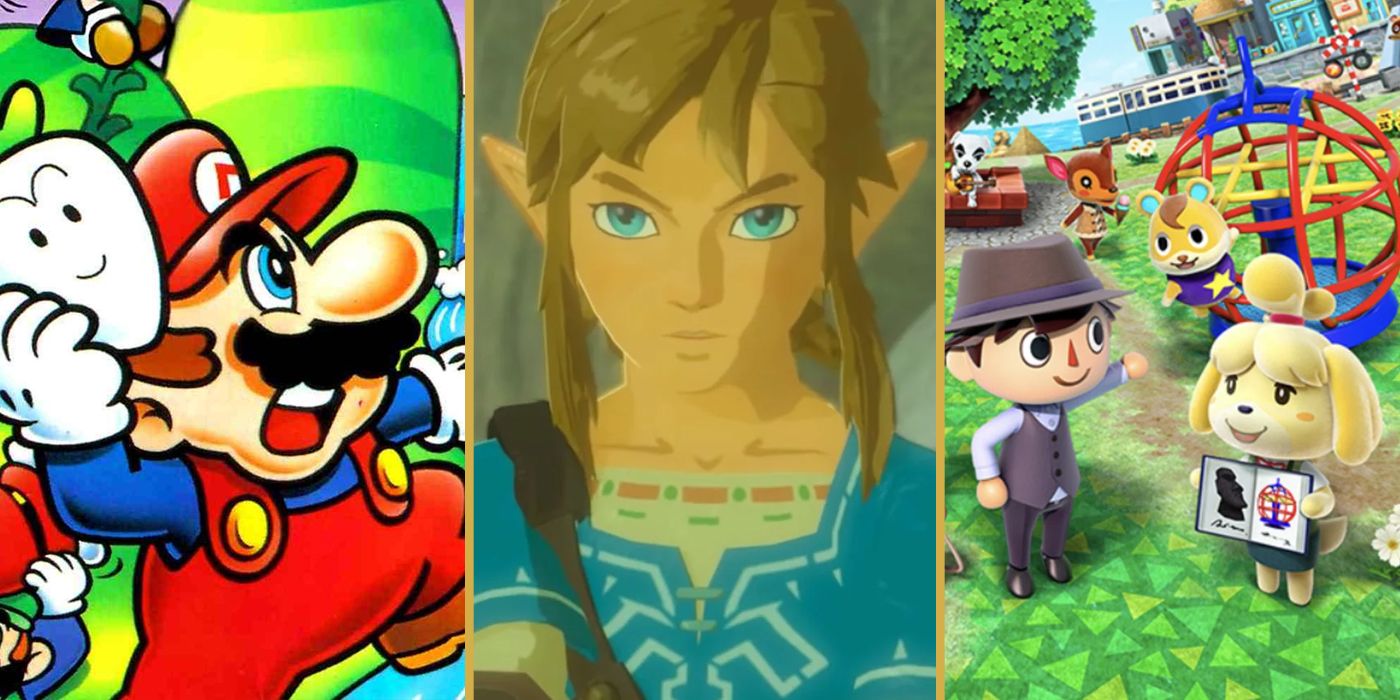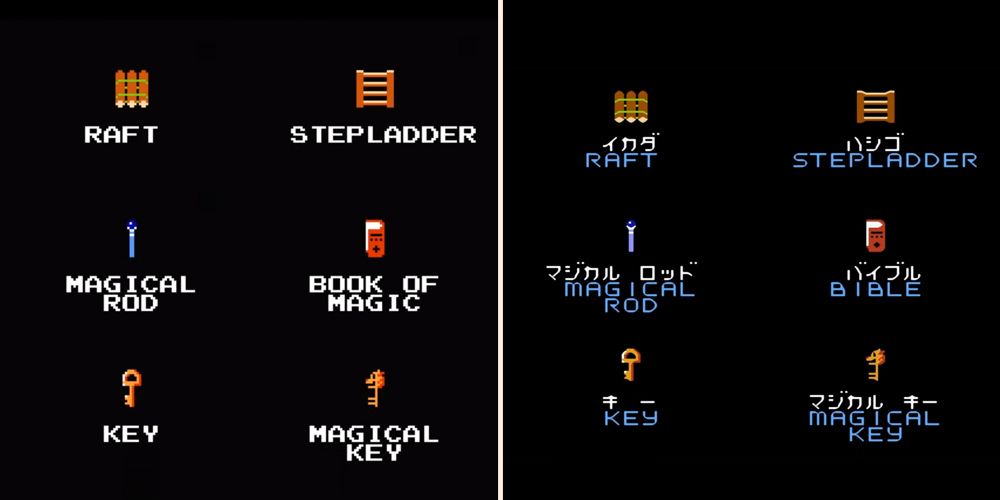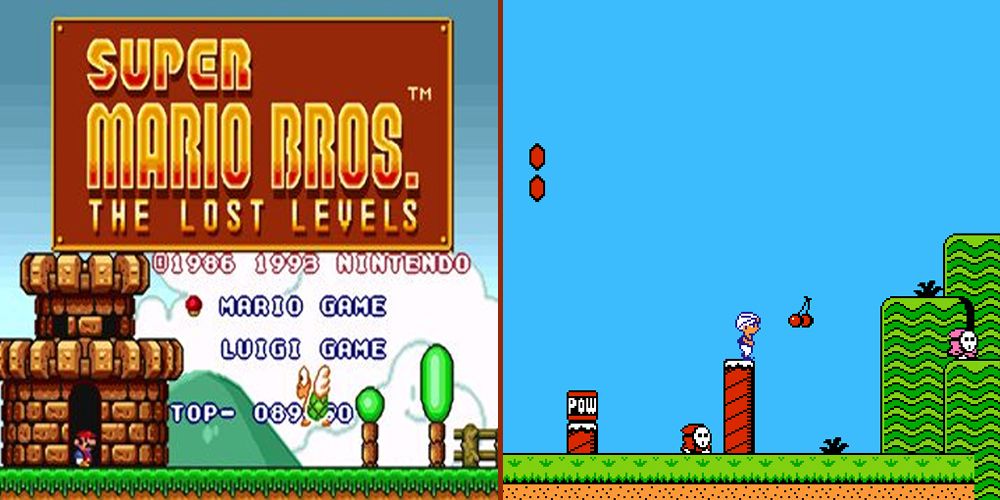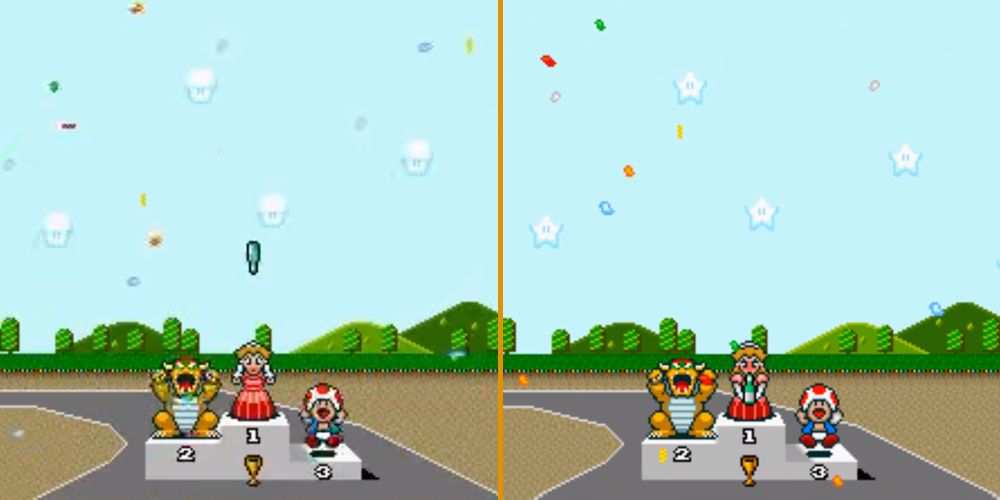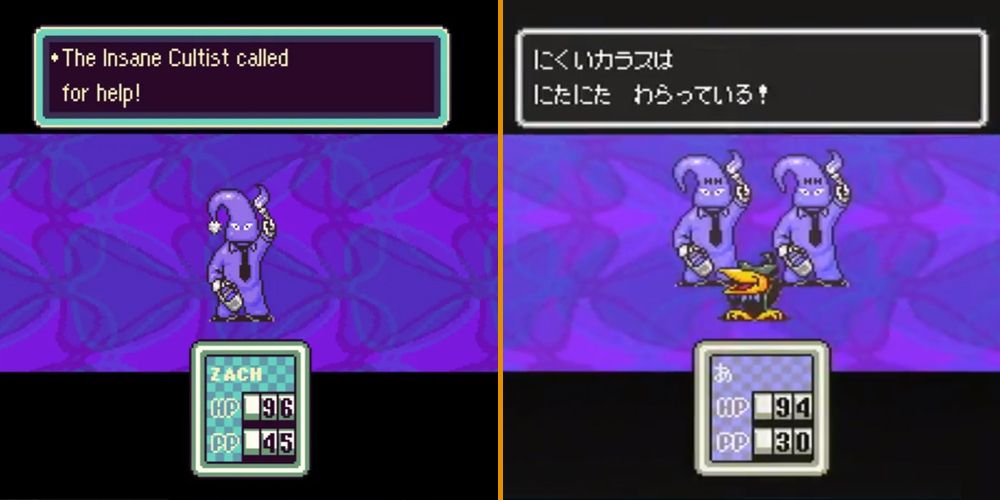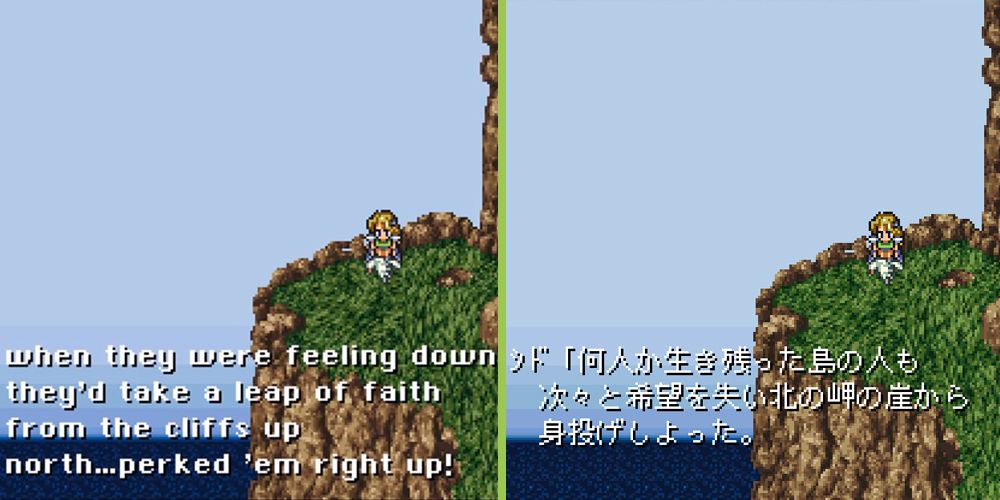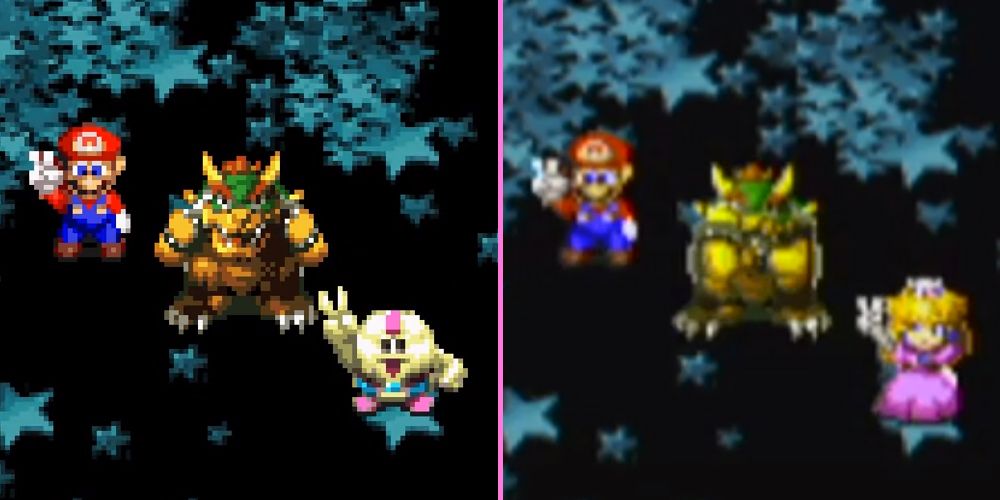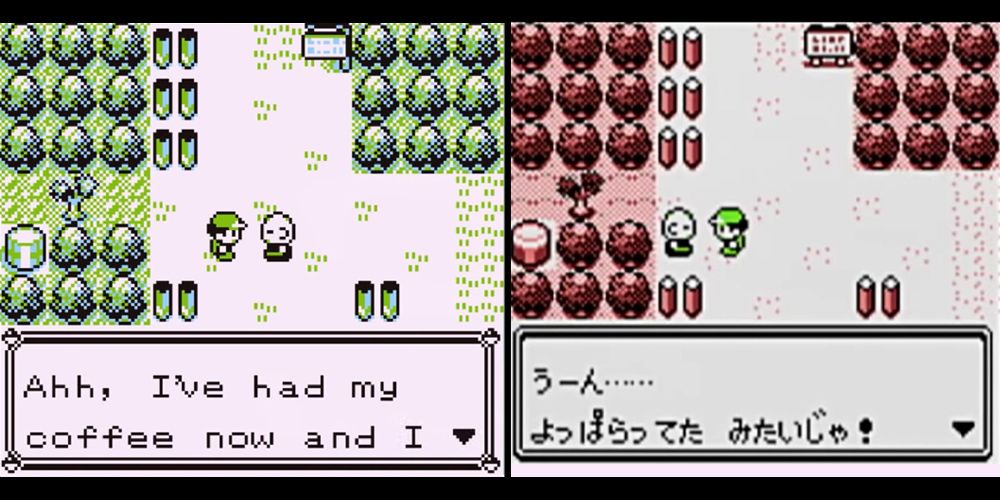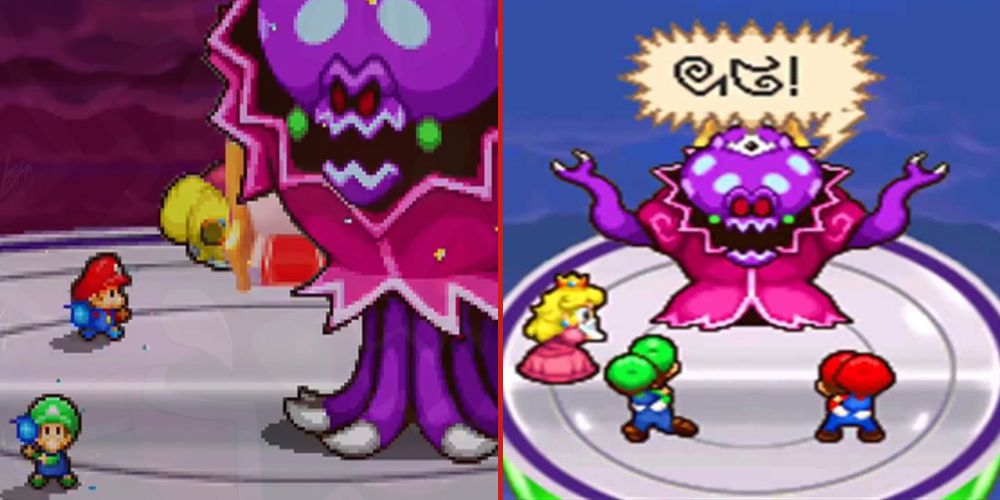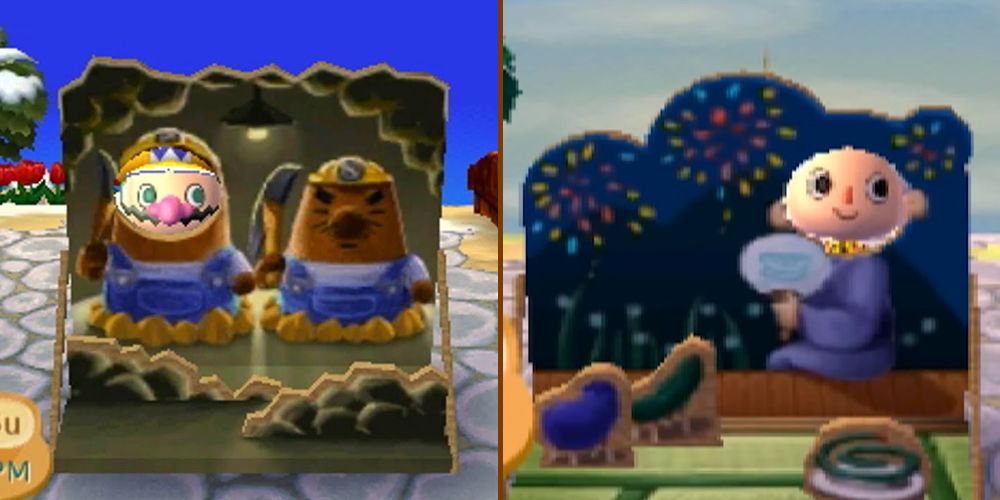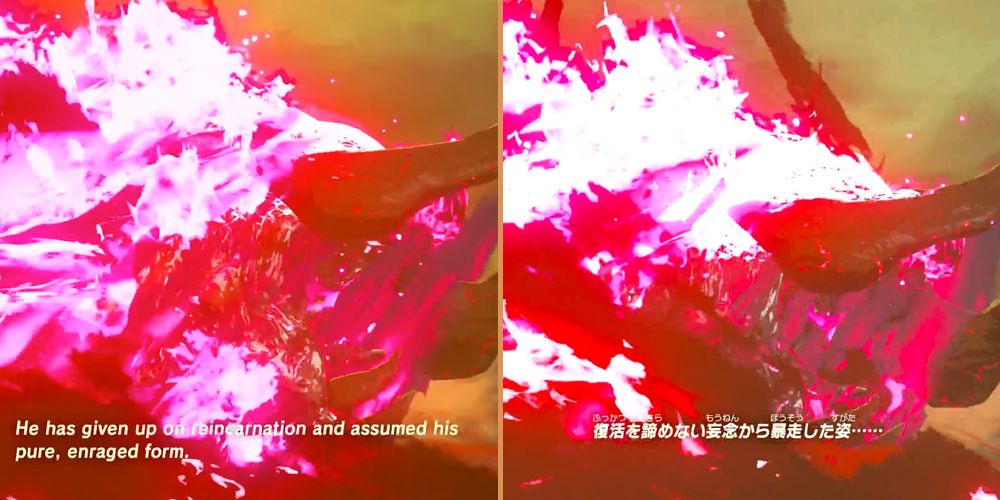Back in the '90s, Nintendo of America was known for having some strict policies when it came to localizing Japanese games. In particular, the company was keen to avoid religious references and depictions of graphic violence, nudity, and the use of drugs or alcohol. As a result, many of the Western releases of Nintendo games differed greatly from their Japanese counterparts.
Although Nintendo of America's stance on localization has softened as the years have gone by, there are still occasional differences. Many of these stem from differing cultural beliefs, while others can come as a result of inaccurate translations. However they occur, these differences can be found in some of Nintendo's biggest and best titles.
10 The Legend Of Zelda (1986)
In the original Japanese release of The Legend of Zelda, the Book of Magic item is instead referred to as a Bible. This was changed in the Western release of the game, as well as in subsequent releases in Japan. Interestingly, though, while the English writing was changed, the Katakana still refers to the item as a bible. Also, although it is referred to as the Book of Magic in the Western release, the cross on its cover is still easily visible.
Another big difference comes with the game's Pols Voice enemy. In Japan, the enemy is weak to attacks using the Famicom's built-in microphone. However, as this feature was not supported by the Nintendo Entertainment System, the enemy was also given a weakness to arrows. The original weakness is actually still present in the game's data, although the only way to exploit it is through emulation.
9 Super Mario Bros. 2 (1988)
When the team at Nintendo of America got their hands on the Japanese version of Super Mario Bros. 2, there were concerns that the game would be too difficult for Western audiences. As a result, the version of the game that released in the West is actually a modified version of another Japanese game called Yume Kōjō: Doki Doki Panic.
The Japanese version of Super Mario Bros. 2 did eventually see a Western release, although it was renamed Super Mario Bros. The Lost Levels. Likewise, the Western version of Super Mario Bros. 2 was released in Japan four years after its North American release. Both games were also included in the Super Mario All-Stars pack in both regions when it released in 1993.
8 Super Mario Kart (1992)
Attitudes towards alcohol are a little different in the West than they are in Japan. As a result, it was fairly common for references to alcohol and drinking to be removed from Western releases of Japanese titles back in the '90s. This was the case with 1992's Super Mario Kart.
In the Japanese release of the game, the podium animations for Bowser and Peach show the characters chugging champagne from a bottle. Peach also has a rather noticeable case of alcohol flush. This was changed in the Western release, with Bowser instead holding the champagne bottle and Peach throwing it up in the air and then catching it.
7 Earthbound (1994)
One of the biggest differences between the Japanese release and the Western release of Earthbound is the game's name. In Japan, the game is actually known as Mother 2 rather than Earthbound. As the original Mother had not released in the West at that time, Nintendo opted to give the game a different name to avoid confusing players.
There were also several visual changes made to the game during localization. The sprite for the Insane Cultist enemy was altered, presumably to avoid comparisons with the KKK. In addition, Nes was given pajamas while exploring his inner-mind, having originally been naked in the Japanese version of the game. Finally, in the Western release, all bars were changed into cafés and any instances of the word alcohol were replaced with coffee.
6 Final Fantasy VI (1994)
Although technically not a Nintendo game, the changes to the SNES exclusive title Final Fantasy VI were made to adhere to Nintendo of America's content guidelines. There were a few sprite alterations to cover up partial nudity and the spell 'Holy' was renamed to 'Pearl.' The most notable difference however concerns Celes' time on the island with Cid.
In the Japanese release of the game, when Celes jumps off the cliff, she is deeply depressed and attempting to take her own life. In the Western release, however, the game's text is changed to alter the motivation behind the jump. It's instead framed as a leap of faith to perk herself up rather than a suicide attempt.
5 Super Mario RPG (1996)
There aren't too many differences between the Japanese version of Super Mario RPG and the one released in the West. There was however one fairly significant visual change made to one of the gestures Bowser makes after he's victorious in battle.
In the West, the gesture in question is known as a bras d'honneur, or an Italian salute, and is seen by many to be incredibly offensive. In Japan, however, the gesture is typically used to show courage or determination. For this reason, the gesture was removed from the Western release of the game, with Bowser instead of raising both of his fists.
4 Pokémon Red & Blue (1998)
One of the more significant changes in the first generation of Pokémon games concerns the old man who blocks the player's path in Viridian City. In the Western release, he tells the player that he was grumpy as a result of not having his morning coffee. In the Japanese release, however, the man is instead explained to be drunk.
Changes were also made to the animations of several of the game's moves. Thunderbolt, Body Slam, and Hyper Beam were all altered to reduce the number and frequency of on-screen flashes. This change was likely instigated by the Dennō Senshi Porygon episode of the Pokémon anime, which reportedly caused some viewers to experience seizures following a sequence featuring intense flashes.
There are also many differences between the pokémon themselves. The weights and names of many of the pokémon are different in Japan, as are a few of their sprites. Although both territories featured the infamous blackface Jynx sprite, this was edited for the release of Pokémon Gold & Silver in the West. It remained unchanged in Japanese Pokémon games until the release of Pokémon Ruby & Saphire in 2002.
3 Mario & Luigi: Partners In Time (2005)
Having spent much of the '90s believing that Americans weren't up to the challenge of some of the more difficult Japanese games, Nintendo had a rather drastic change of heart when it came to Mario & Luigi: Partners in Time. Rather than making the game easier for American players, it was made significantly more difficult.
Nearly all of the bosses found in the North American release of the game had higher HP than their Japanese (and European) counterparts. The increases typically ranged from anywhere between 50% and 100% rises. Interestingly, many of the regular enemies had slightly higher HP in the Japanese version. In addition to these stat changes, some of the clothes found in the Japanese release also provided more protection.
2 Animal Crossing: New Leaf (2012)
Animal Crossing: New Horizons features very few regional differences when it comes to the game's events and holidays. The same can't be said for earlier games in the series, though. In Animal Crossing: New Leaf, for example, events relating to Setsubun, Obon, and a number of other Japanese holidays are exclusive to the Japanese version. Conversely, events like Groundhog Day and Shamrock Day don't feature at all in Japan.
There are also some differences when it comes to the gender of certain villagers. Western fans of the Animal Crossing series will likely be familiar with the two female characters Gracie and Sahara. What they might not realize, however, is that in Japanese releases, both of these characters are male. In Japan, they go by the names Grace and Roland, respectively.
1 The Legend Of Zelda: Breath Of The Wild (2017)
Although regional differences in Nintendo titles have been a lot less common in recent years, there are still occasional changes made during the localization process. In Breath of the Wild, one such change can be found in the game's Quest Journal. In the Japanese version of the game, entries are written from Link's perspective, while, in the Western release, they are instead written in third-person.
Another big difference can be found within the final battle with Calamity Ganon. In the West, Zelda tells Link that Ganon has "given up on reincarnation and assumed his pure enraged form." In the Japanese release, she instead tells Link that Ganon's calamity form was born from his refusal to give up on revival. It's likely that this was a translation error, as the two explanations are very different.

